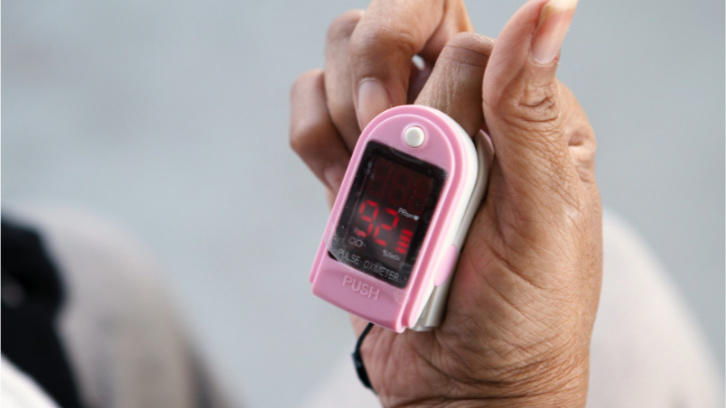Important: Tracking Your Pulse Oximetry Readings

A recent report suggests that pulse oximetry may provide less accurate readings in Black patients than in White patients. The US Food and Drug Administration (FDA) has issued guidance that skin pigmentation (how dark a patient’s skin is), skin thickness, and other factors and affect the accuracy of pulse oximetry readings. The FDA provides guidance on what that may mean to you and those using pulse oximetry to monitor oxygen saturation.
Pulse oximeter readings are an estimate of the oxygen saturation in a patient’s blood and are a helpful tool in monitoring oxygen saturation. However, once readings are less than 80%, the accuracy of the reading is decreased. Moving forward, the FDA will require that individuals with darker skin tones are included in the review and approval of pulse oximeter devices. For more on why this is important, see the PFF’s recent webinar, Diversity in Research: Benefits for All.
Here are some helpful tips from the FDA in using pulse oximetry:
- Follow the manufacturer’s instructions for use.
- When placing the oximeter on your finger, make sure your hand is warm, relaxed, and held below the level of the heart. Remove any fingernail polish on that finger.
- Sit still and do not move the part of your body where the pulse oximeter is located.
- Wait a few seconds until the reading stops changing and displays one steady number.
Write down your oxygen levels with the date and time of the reading so you can easily track changes and report these to your health care provider.
If you are using a home oximetry device, you can bring it to your next visit with your health care team and compare the readings from your device to the ones used at the clinic or hospital. This can provide valuable information on whether your home device has different readings, and your provider can guide you on next steps.
Most importantly, if something does not feel right, contact your health care provider, even if your readings have not changed.
Some symptoms of low oxygen saturation include bluish coloring in the face, lips, or nails; shortness of breath; restlessness; chest pain or tightness; and fast heart rate. If you are experience new or worsening symptoms, you should contact your health care provider.
More information on pulse oximeters and oxygen concentrators can be found here.
